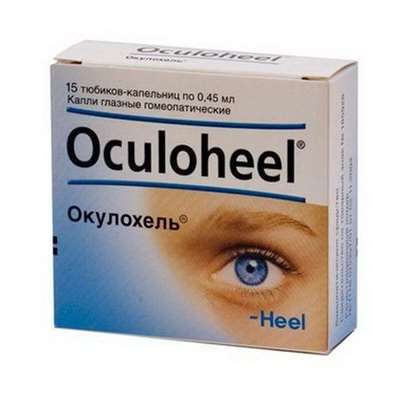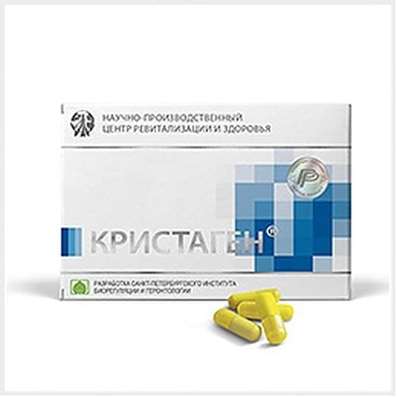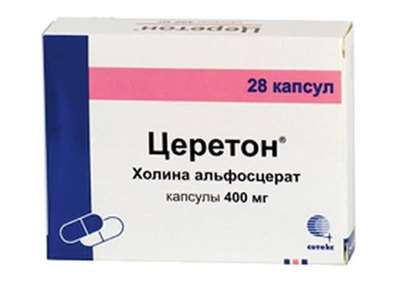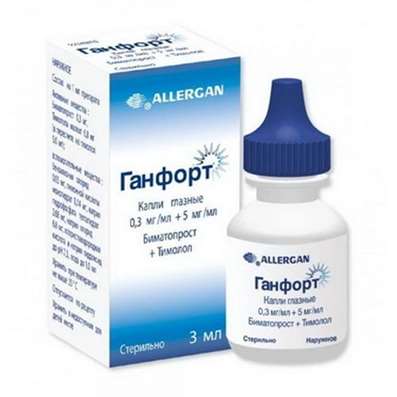Instruction for use: Tubocurarine chloride (Tubocurarini chloridum)
I want this, give me price
chemical name
7 ', 12'-Hydroxy-6,6'-dimethoxy-2,2,2'-trimethyl tubocurarine chloride hydrochloride
Pharmacological group
n Cholinolytics (muscle relaxants)
The nosological classification (ICD-10)
Z100 * CLASS XXII Surgical practice
Abdominal surgery, adenomectomy, Amputation, Coronary angioplasty, Angioplasty of the carotid arteries, Antiseptic skin treatment for wounds, Antiseptic Hand, Appendectomy, atherectomy, Balloon coronary angioplasty, Vaginal hysterectomy, The coronary bypass, Interventions in the vagina and cervix, Interventions on the bladder, Intervention in the mouth, Restoration and reconstructive surgery, Hand hygiene of medical personnel, Gynecologic surgery, Gynecological intervention, Gynecological surgery, Hypovolemic shock during operations, Disinfection of purulent wounds, Disinfection of wounds edges, Diagnostic intervention, Diagnostic procedures, Cervical Diathermocoagulation, Long-surgery, Replacing the fistula catheters, Infection in orthopedic surgery, Artificial heart valve, cystectomy, Short-term outpatient surgery, Short-term operation, Short surgical procedures, Krikotireotomiya, Blood loss during surgery, Bleeding during surgery and in the postoperative period, Kuldotsentez, laser photocoagulation, laser coagulation, retinal laser coagulation, Laparoscopy, Laparoscopy in Gynecology, CSF fistula, Small gynecological operations, Small surgical procedures, Mastectomy and subsequent plastic, mediastinotomy, Microsurgical operations on the ear, Mukogingivalnye operation, suturing, Minor surgery, neurosurgical operation, Immobilization of the eyeball in ophthalmic surgery, testectomy, pancreatectomy, Perikardektomiya, The period of rehabilitation after surgery, The period of, convalescence after surgery, Percutaneous transluminal coronary angioplasty, Pleural thoracentesis, Pneumonia postoperative and posttraumatic, Preparation for surgical procedures, Preparation for surgery, Preparation of the surgeon's hands before surgery, Preparation of the colon for surgical procedures, Postoperative aspiration pneumonia in neurosurgical and thoracic surgery, Postoperative nausea, Postoperative bleeding, postoperative granuloma, postoperative shock, The early postoperative period, myocardial revascularization, Radiectomy, gastric Resection, bowel resection, uterine Resection, liver Resection, enterectomy, Resection of part of the stomach, Reocclusion of the operated vessel, Bonding tissues during surgical procedures, Removal of sutures, Condition after eye surgery, Condition after surgery, Condition after surgery in the nasal cavity, Condition after gastrectomy, Status after resection of the small intestine, Condition after tonsillectomy, Condition after removal of the duodenum, Condition after phlebectomy, Vascular surgery, Splenectomy, Sterilization of surgical instruments, Sterilization of surgical instruments, sternotomy, Dental surgery, Dental intervention in periodontal tissues, strumectomy, Tonsillectomy, Thoracic surgery, total gastrectomy, Transdermal intravascular coronary angioplasty, Transurethral resection, Turbinektomiya, Removal of a tooth, cataract surgery, Removal of cysts, tonsillectomy, Removal of fibroids, Removing the mobile primary teeth, Removing polyps, Removing broken tooth, Removal of the uterus body, Removal of sutures, Urethrotomy, Fistula likvoroprovodyaschih ways, Frontoetmoidogaymorotomiya, Surgical infection, Surgical treatment of chronic limb ulcersm, Surgery, The surgery in the anal area, The surgery on the colon, Surgical practice, The surgical procedure, Surgical interventions, Surgery on the gastrointestinal tract, Surgical procedures on the urinary tract, Surgical procedures on the urinary system, Surgical intervention of the genitourinary system, Surgical procedures on the heart, Surgical manipulation, surgery, Surgery on the veins, Surgical intervention, Vascular surgery, Surgical treatment of thrombosis, cholecystectomy, Partial gastric resection, transabdominal hysterectomy, Percutaneous transluminal coronary angioplasty, Percutaneous transluminal angioplasty, Coronary artery bypass, tooth Extirpation, Extirpation of milk teeth, pulpectomy, pulsative cardiopulmonary bypass, tooth Extraction, teeth Extraction, cataract extraction, Electrocoagulation, endourological intervention, episiotomy, Etmoidotomiya, Complications after tooth extraction
G999 * Diagnosis of diseases of the nervous system
Investigation of the subarachnoid space, MRI of the head and spine area,Electroencephalography
Code CAS 57-94-3
Characteristics of the substance Terkurony
Crystalline powder. Insoluble in water.
Pharmacology
Pharmacological action - miorelaksiruyuschee.
It causes blockade of n-cholinergic receptors of skeletal muscles. After a single intravenous administration, elimination takes place in 2 or 3 phases. T1 / 2 in men in the first phase - less than 5 minutes, in the second - from 7 to 40 minutes, in the third - more than 2 hours. It is excreted unchanged in urine (mostly) and bile. If the renal function is impaired, the duration of the neuromuscular block can be prolonged. With repeated administration, cumulates. Muscle paralysis consistently affects the following muscle groups: lifting eyelids, chewing muscles, limb muscles, abdominal, larynx, intercostal muscles and diaphragm. The action begins almost immediately after IV introduction, reaches a maximum of 5 minutes on average and lasts 25-90 minutes. Neuromuscular blockade is not preceded by muscle fasciculation.
Indications
The need for muscle relaxation during IVL, pharmacologically or electrically induced muscle cramps, diagnosis of myasthenia gravis.
Contraindications
Hypersensitivity.
Restrictions on the use
Myasthenia gravis, severe renal failure.
Side effects
Rash, swelling, hypotension, collapse, tachycardia, bronchospasm. Heart rhythm disturbances, stopping, bradycardia, hypersalivation, allergic reactions (histamine release).
Interaction
The effect is weakened by acetylcholine, anticholinesterase drugs, potassium, cold (hypothermia), increases - inhalation anesthetics, quinine, calcium and magnesium salts, trimetafan, benzodiazepines, large doses of beta adrenoblockers, hypokalemia, some antibiotics (neomycin, streptomycin, kanamycin), other muscle relaxants .
Overdose
Characterized by prolonged muscle relaxation. Treatment - manual or instrumental ventilation, maintaining airway patency, the introduction of antagonists (neostigmine, pyridostigmine).
Routes of administration
In / in.
special instructions
Use only a doctor with experience of using muscle relaxants, and in conditions of readiness for intubation of the trachea, oxygen therapy.

 Cart
Cart





